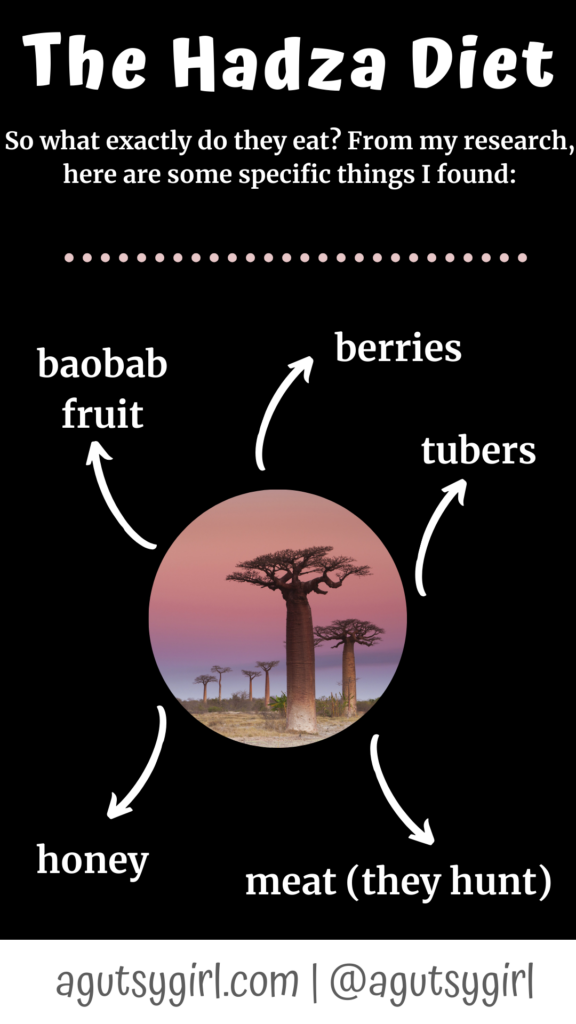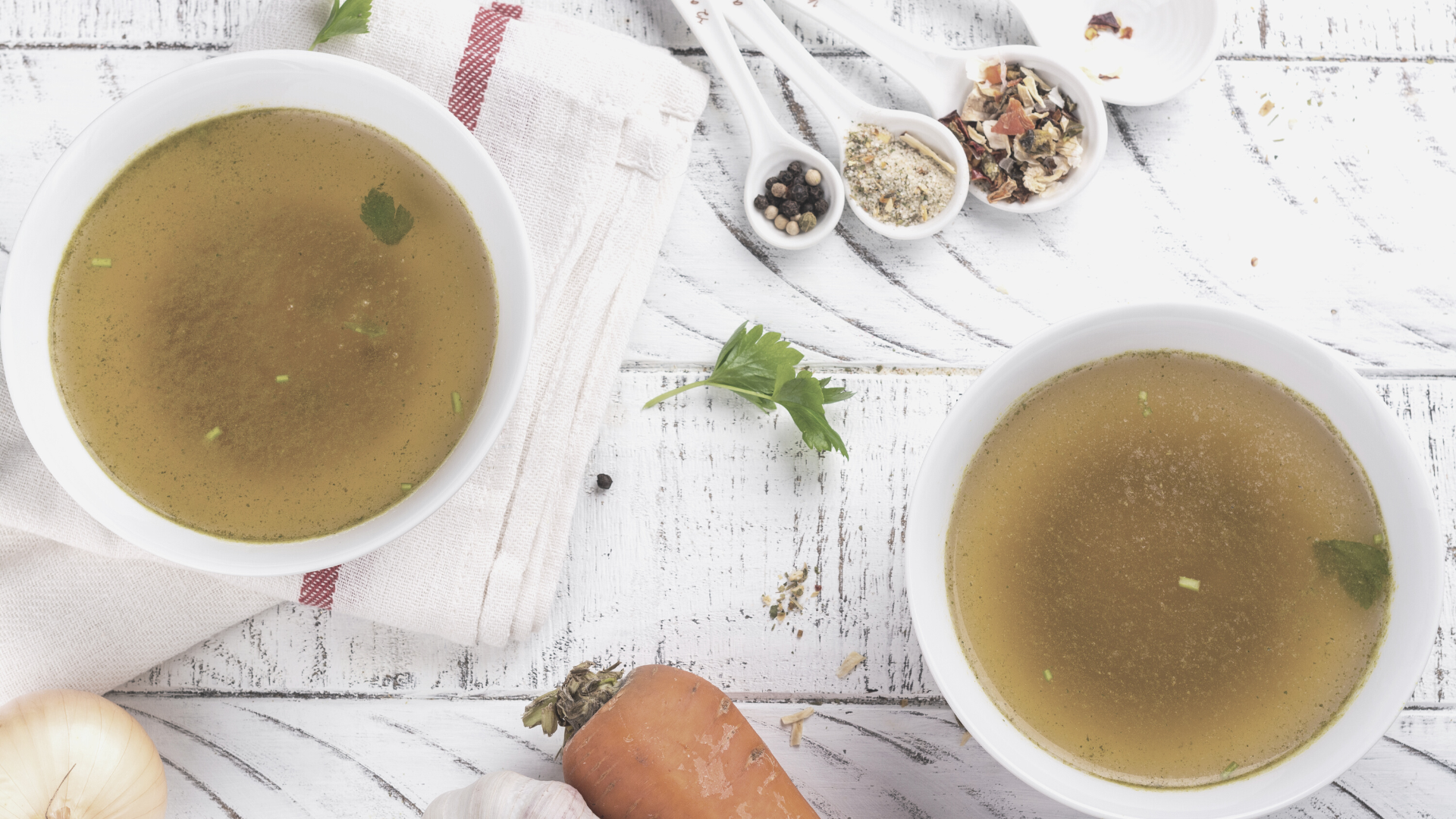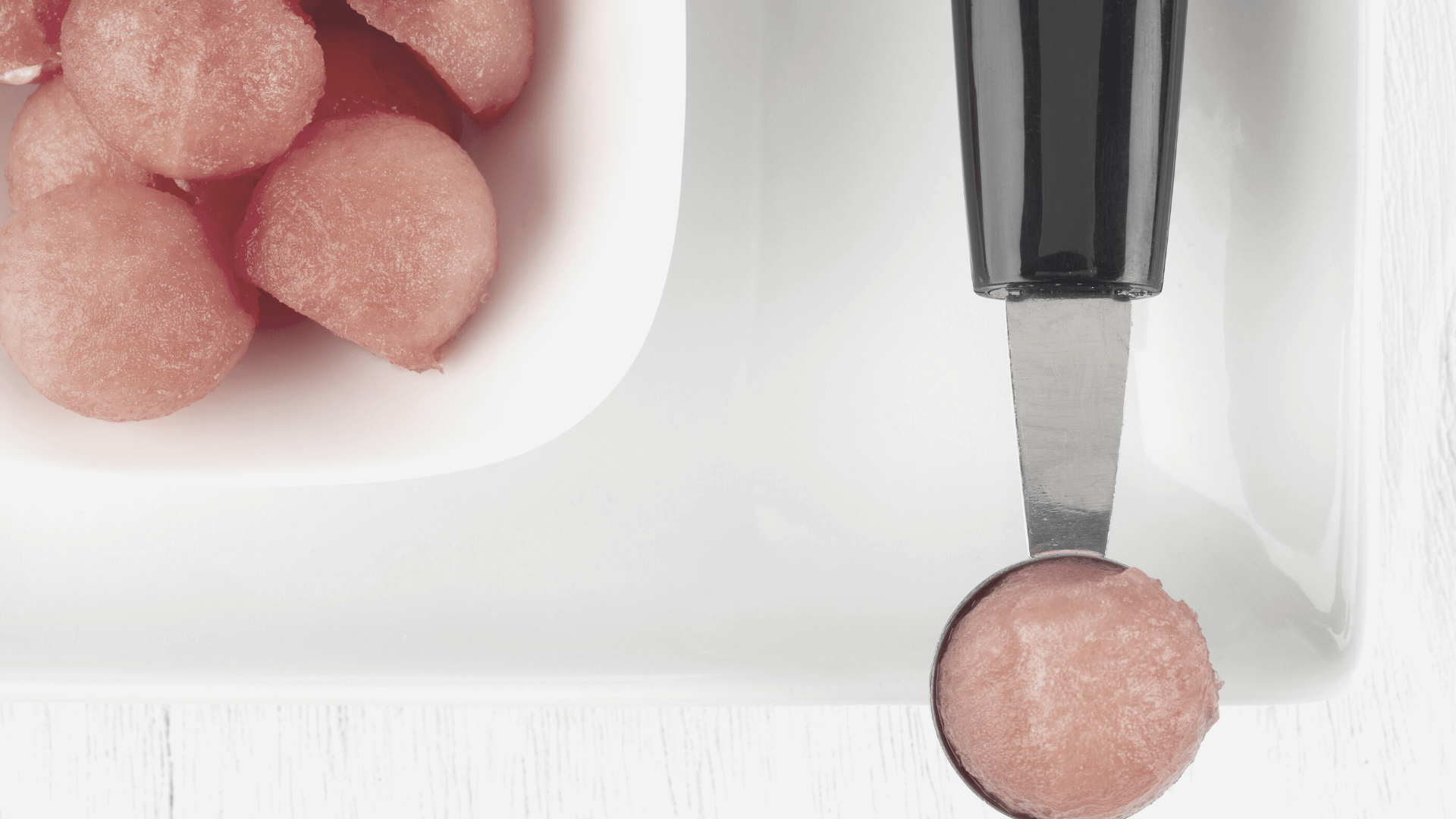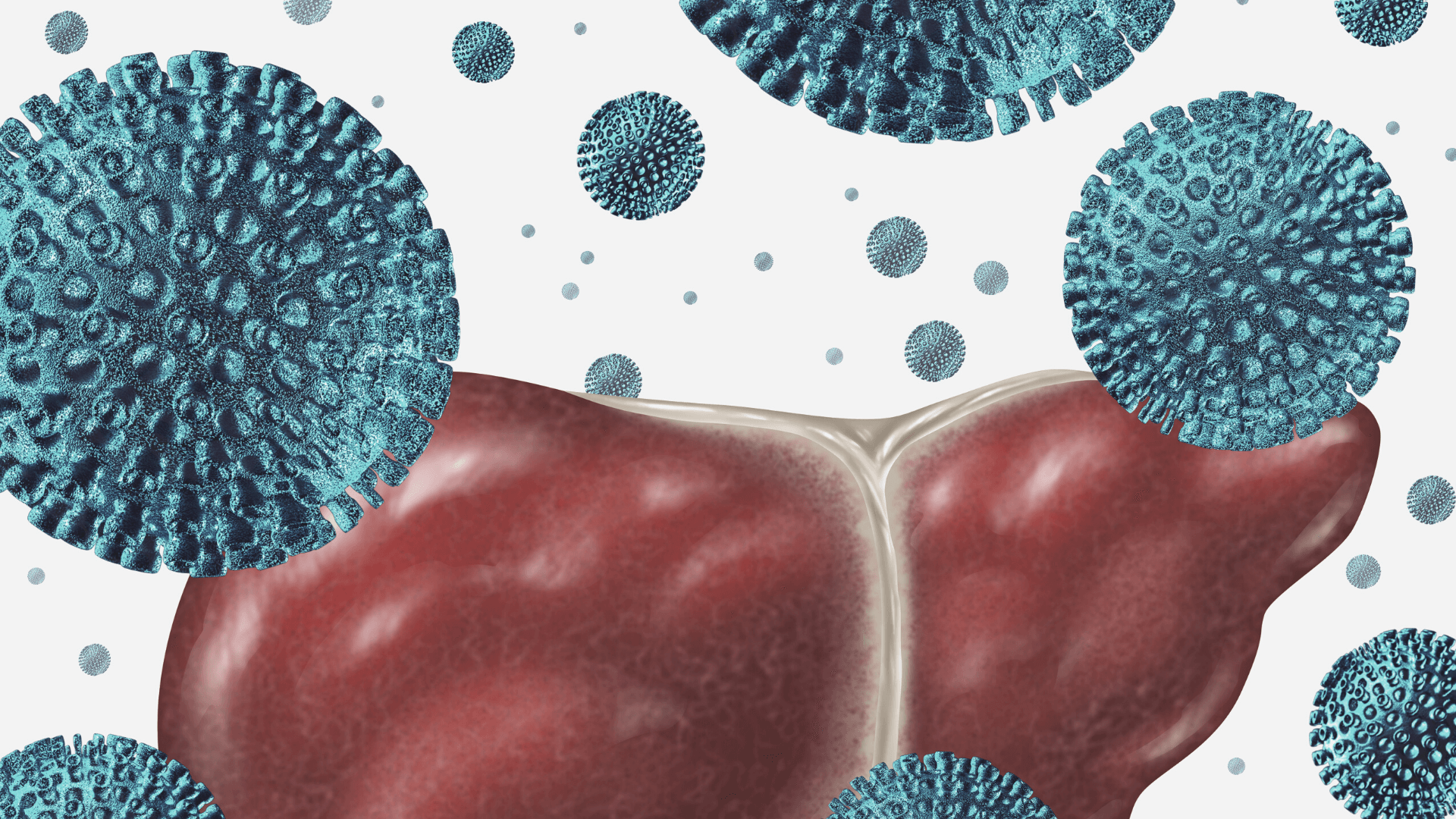The secret to a healthy gut diet plan can be found within the secret to a healthy gut microbiome.
And I want to reveal this to you today.
This week during my Gut Health Course, we dove deeper into the Microbiome.
At one point, the statement was made,
The best insurance for a healthy microbiome is variety.
The Secret to a Healthy Gut Microbiome
Click HERE to save this post for later.

Before I share the overview thoughts on a healthy gut diet plan, I want to share the secret to a healthy gut microbiome, as it will make so much more sense then.
When I heard the best insurance for a healthy microbiome is variety, I was taken back to my lengthy conversation I had with Kiran Krishnan (microbiologist).
In addition to giving me his 3 simple things you can do for your microbiome today, he also said….
And eat a little bit of everything for overall health (or something to that effect).
I remember us talking for quite some time about this concept.
He wasn’t referring to everything, as in eating more of the SAD Western Diet (Standard American Diet).
Instead, that we should not exclude entire food categories if it’s not medically necessary.
In fact, as it relates to SAD and western diets,:
The Standard American Diet (SAD) seems to correlate with lower diversity, which can lead to chronic health conditions.
But today, if you want my honest opinion, it seems like everyone shoots for the approach of “less is more healing.”
Furthermore, I also believe that:
- We tend to stay on super restrictive diets far longer than needed for reasons other than health, and
- Staying on the “less is more” path has created an almost incurable fear.
The Hadza People of Tanzania
You can research this yourself if it’s interesting to you, but the Hadza people of Tanzania were studied due to their large microbial diversity.
A study was conducted with 350 fecal samples collected from the Hadza people over the course of a year. These samples were from two culturally and geographically similar camps located within 7 km of each other during a 12-month period spanning five subseasons, representing 188 recorded unique individuals.
What they found was that, between the various seasons, striking differences were observed in their gut microbial communities. Some taxa (the various classifications of living organisms) apparently disappeared, only to reappear when the seasons turned. Further comparison of the Hadza microbiota with that of diverse urbanized peoples revealed distinctly different patterns of microbial community composition.
According to an NPR article, “The trend was clear: The further away people’s diets are from a Western diet, the greater the variety of microbes they tend to have in their guts. And that includes good gut bacteria that are missing from American guts.”
So what’s the difference?
The traditional American diet consists of:
- low in dietary fibre
- high in refined sugars and artificial sweeteners
- overly processed, stripping away nutrients
This diet, in conjunction with other things, is essentially wiping out species of bacteria from our intestines.
On your gut-healing journey to better digestive health, you’re not likely eating a lot of overly processed foods or refined sugars (right??)
However, you are likely sticking to lower fiber and cutting many foods out of your diet.
To that end, here is something interesting from the Hadza people study,
During the dry season, Hadza eat a lot of more meat — kind of like Westerners do. And their microbiome shifted as their diet changed. Some of the bacterial species that had been prevalent disappeared to undetectable levels, similar to what’s been observed in Westerners’ guts.
But then in wet season — when Hadza eat more berries and honey — these missing microbes returned, although the researchers are not really sure what’s in these foods that bring the microbes back.
“I think this finding is really exciting,” says Lawrence David, who studies the microbiome at Duke University. “It suggests the shifts in the microbiome seen in industrialized nations might not be permanent — that they might be reversible by changes in people’s diets.
“The finding supports the idea that the microbiome is plastic, depending on diet,” David adds.
The Hadza Diet
So what exactly do they eat? From my research, here are some specific things I found:
- berries
- tubers
- baobab fruit (high in vitamin C and the seeds are high in fat)
- honey
- meat (they hunt)
It has been stated that they eat an amazing variety of plant and animal species (around 600, most of which are birds).

Would Eating Like the Hadza People Work?
The answer to this question is both yes and no.
Yes
While studying the Hadza people, a man spent three days eating and living like them. He tested his stool prior to going, and immediately after the three days. Here is what happened:
The results showed clear differences between my starting sample and after three days of my forager diet. The good news was my gut microbial diversity increased a stunning 20%, including some totally novel African microbes, such as those of the phylum Synergistetes.
However, shortly after, his gut microbes had virtually returned to where they were before the trip.
No
Let’s be very real and honest with ourselves.
There is zero percent chance that living anywhere in America will allow you to ever eat as the Hadza people eat.
That doesn’t mean we can’t extract a ton of tangible actions from what we learned.
Healthy Gut Diet Plan
Click HERE to save this healthy gut diet plan for later.

Okay, so what should I do?
Start with two main points (more fiber + more variety) to take away for your own gut healing and then gut health journey for creating a healthy gut diet plan, conducive for beneficial bacteria:
More fiber
A healthy diet with adequate fiber intake plays an important role in both good gut bacteria and the elimination of food.
But sometimes, you have to consider the types of fiber you’re consuming so you don’t experience the unwanted side effects of it.
Insoluble vs soluble fiber might be a better temporary option.
Dietary fiber can promote intestinal health by regulating the composition and metabolism of bacterial communities, providing energy to colonic epithelial cells, promoting the production of intestinal mucosa, stimulating intestinal motility, and maintaining intestinal integrity. source
If you’re nervous about adding fiber into your diet, the best way might be to start by choosing more low-FODMAP, high-FIBER foods.
These include:
- quinoa
- kiwi
- green beans
- chia seeds
- chick peas, canned
- brown rice
- flax seeds
- polenta
- lentils, canned
- kale
- carrots
- oats
- oranges
- raspberries
- pumpkin seeds
Diet Variety
Next, get more variety in your diet.
While it’s easy to go on autopilot with the foods you’re eating on a daily basis, the health benefits of expanding the variety of foods is unmatched.
Getting a little bit of everything will go a long ways: healthy fats, bone broth, gluten-free grains (as long as you don’t medically need to follow an AIP diet), resistant starch, all colors of plant foods, probiotic foods, prebiotic foods, fresh fruit, high-quality meats, and even organic dairy products (if tolerated).
The more diverse your diet consists of, the more diverse your gut microbial community will become. And this is because different bacteria utilize different carbohydrates (including resistant starches and fibers) to thrive.
Besides that, choosing a diet with a high variety of foods makes you less susceptible to food allergies, food sensitivities, lacking essential nutrients, and unable to hit your food intake/nutrient daily totals.

5 More Top Tips for a Healthy Gut Diet Plan
Besides those top two tips, here are 5 more tips for creating your healthy diet plan:
- Eat ENOUGH! This should not be overlooked.
- If you need digestive enzymes to help break your food down so that you can eat more variety, no shame in that! This is why we have one of our number 1 supplements, Break Down.
- Prep your food (vs. “meal prep”) so they can easily turn into meals. This is one of my best meal-prep tips; you don’t need to plan the exact meal, but instead plan the foods you love most, make them in bulk and then enjoy throughout the week. For example, I always make up a huge batch of ground turkey, ground beef and sometimes ground lamb. Then, I make several batches of either air-fryed, steamed, or sauteed veggies. Finally, I’ll prepare some sort of carbohydrate; maybe bake sweet potatoes, lentil pasta, rice, or even beans of all sorts. Separate them all into containers, then mix-and-match as you please!
- If you already have pre-existing (diagnosed) conditions like autoimmune diseases and/or Inflammatory Bowel Disease (Celiac disease, Ulcerative Colitis, Crohn’s disease) or even gut inflammation or generalized Irritable Bowel Syndrome, then use the healthy gut diet plan that works with whatever you’ve been diagnosed with. This is very important and very individualized.
- Skip the alcohol. And I’m not just talking about excessive alcohol consumption, but honestly? All alcohol. Cut it, as it hinders the integrity of the gut lining.
Get Help Implementing This All Today!
While it’s easy to write this out and share the facts with you, I KNOW it’s much harder to dig in and start.
That’s why I created the Quick Gut Detox, which is my 21-day program that helps reduce bloat and normalize weight by getting out of the start-and-stop “gut healing” cycle.
In just 21 short days, you’ll be light years ahead of where you’re at today.
You CAN:
- Lose weight with optimal gut health
- Practice many things the Hazda do, even living wherever you do currently
- Heal your leaky gut syndrome
- Return to good gut health
- Find the right balance of various foods for you
- Feel confident wearing your favorite jeans or dress once again
I was chronically ill for over a decade – bloated, gaining weight, sick, and miserable, studied at the Institute for Integrative Nutrition, and did an in-depth course on Gut Health there + a functional course through the ADAPT program with Chris Kresser.
And then I healed for good, and knew I wanted to help thousands of women worldwide do the same.
After my process worked for hundreds of women in 2012-2014, I decided to make this my signature method for helping women get the answers they have been so desperately seeking.
My goal is always to ensure YOU don’t have to endure a decade spending the same thousands of dollars on doctors and other specialists who only offer the basic advice, ‘by-the-book’ rules which never worked!
If you’re ready to take action, I’m inviting you into the Quick Gut Detox today 🙂
Want more fuel for the fiber fire? Listen to this podcast episode I recorded with Dr. B!
And right now, you’re sitting there feeling both inspired by it all, but you are also facing reality.
More fiber? Yeah right.
Diet variety? But I “can’t.”
I beg to differ. You can, maybe just not today.
Ready for more? Next up, “How to Achieve Optimal Microbiome Diversity.”
Sources: HERE, HERE, and HERE.
If you liked this post, you might also enjoy:
- Microbiome Diet Food List (Episode 84 with AndytheRD)
- What is Intestinal Permeability?
- Your Digestive System
Xox,
SKH
🤰 bloating be gone! weight loss through optimal gut health for women
💃ʜᴇᴀʟ ʏᴏᴜʀ ɢᴜᴛ. ʜᴇᴀʟ ʏᴏᴜʀ ʟɪfe.
🫶🏻 founder gutbyome.com







Thank you again for another helpful post!
Anytime!